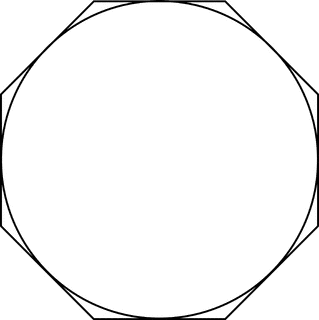No offence, but you obviously haven't spent much time with a mastersmith.All forged finishes I ever saw looked like a blacksmith made it with a hammer.
Even hypodermic needles were made on a coal fired forge back in the day. A mastersmith is capable of extremely even surfaces, round or flat, that need little more than a layer of carbon to be polished off.

|
   
   
|


|






 Reply With Quote
Reply With Quote














